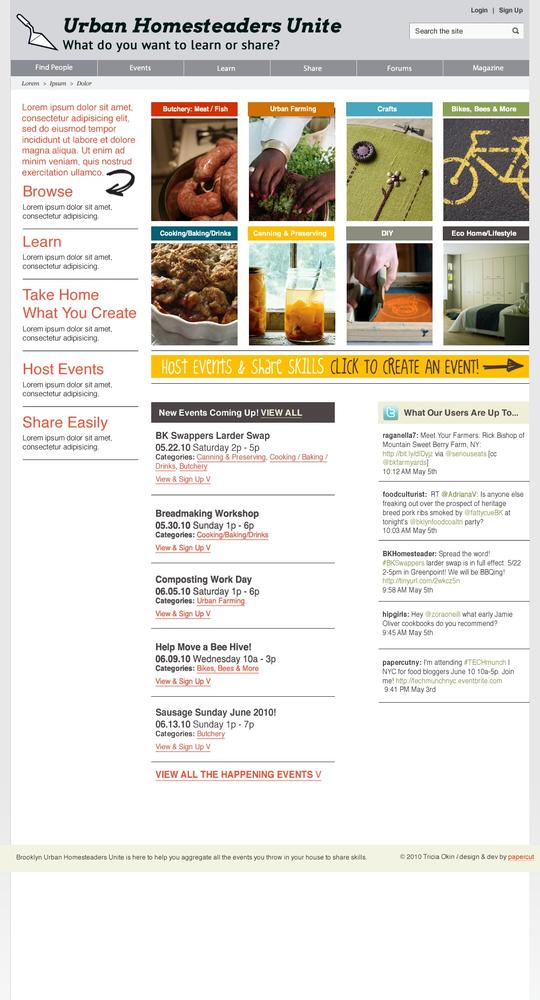Chapter 15. Making Views Sing—Controlling Views Markup
As we discussed previously, much of the code that Drupal will output on any given page may come from Views—whether it’s a page full of blog entries, or a block of taxonomy terms in your sidebar. The beauty of this is that it gives you a tremendous amount of flexibility in terms of what information you display on the page, and how it gets displayed. The challenge, however, is in getting your Views output to display in a way that:
Allows you to theme it easily—in other words, it isn’t impossible to find out what things are called so that you can style them.
Doesn’t make you cringe when you look at the code.
In previous versions of Views, the only way to manage the code that Views created was to override everything that Views spit out—from creating custom tpl.php files to actually rewriting the results of Views queries. In Drupal 6, you could use the Semantic Views module (http://drupal.org/project/semanticviews) to specifically manage the output of a Views field. While you still may have to do a little bit of rewriting to create truly semantic Views code, the latest versions of Views give you a number of ways to control the code that it creates—if you know how to use them.
As an example, let’s take our Event Categories block for the home page of Urban Homesteaders Unite. Figure 15-1 shows the layout for the home page.

Figure 15-1. Our ...
Get Drupal for Designers now with the O’Reilly learning platform.
O’Reilly members experience books, live events, courses curated by job role, and more from O’Reilly and nearly 200 top publishers.

